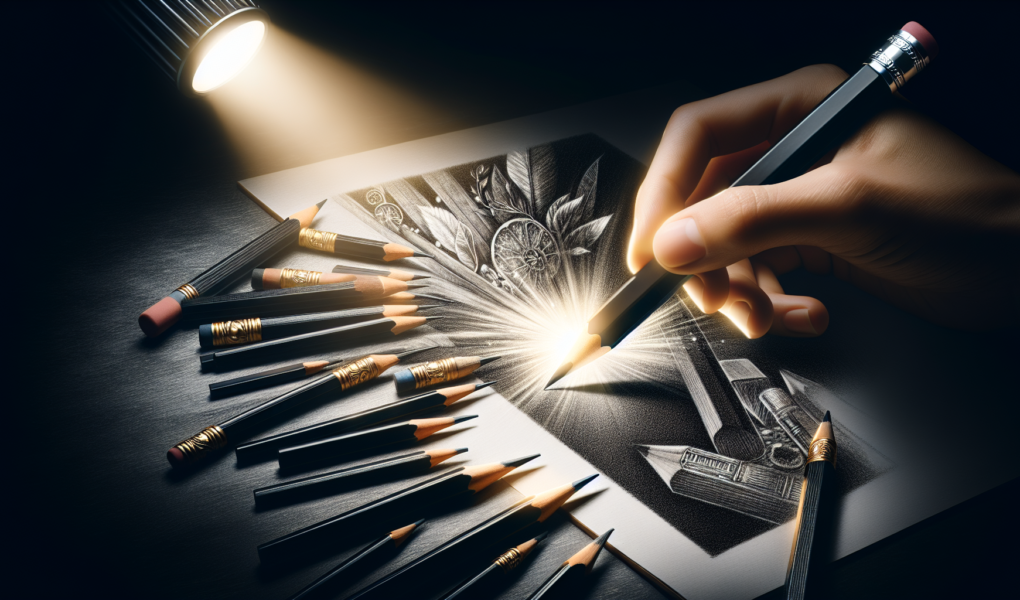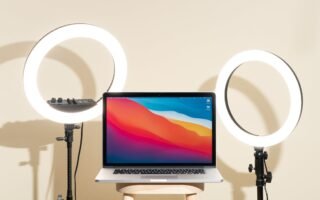Are you tired of your drawings looking flat and lacking depth? Look no further! In this article, we will shed light on expert lighting tips for drawing that will transform your artwork. By understanding the importance of lighting and how it can dramatically enhance your drawings, you will learn how to create realistic and dynamic images that truly come to life on the page. Prepare to unlock your artistic potential as we explore the fascinating world of lighting techniques for drawing.
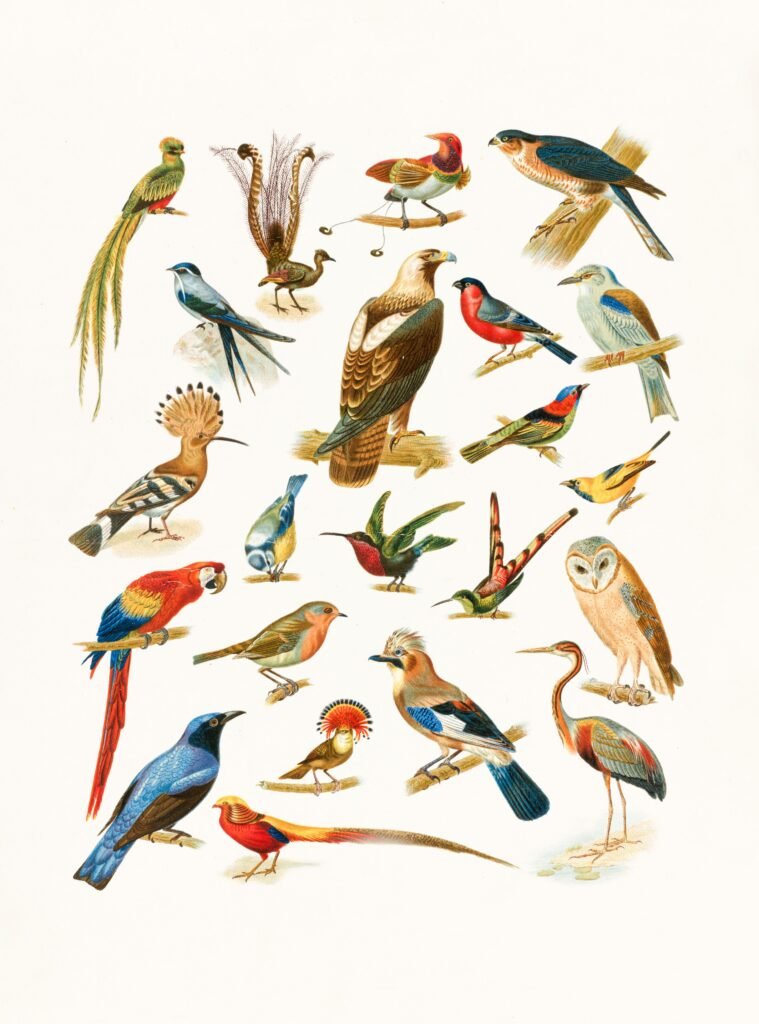
Choosing the Right Lighting
When it comes to drawing, lighting plays a crucial role in ensuring that your artwork shines. The first step in achieving the perfect lighting is understanding the difference between natural and artificial light. Natural light, often referred to as daylight, comes from the sun and offers a soft and diffused illumination. On the other hand, artificial light is created by various light sources such as lamps and bulbs. While both have their advantages, it’s important to consider which type of light suits your needs and preferences.
Natural vs. Artificial Light
Natural light has the advantage of being readily available and free. It provides a balanced spectrum of colors and enhances the depth and dimension of your artwork. Additionally, natural light tends to be softer and reduces the appearance of harsh shadows. On the other hand, artificial light can be controlled and adjusted to suit your specific needs. It may offer a brighter and more consistent light source, making it ideal for working during nighttime or in spaces with limited access to natural light. Ultimately, the decision between natural and artificial light depends on whether you prefer the flexibility of artificial light or the natural and subtle qualities of daylight.
Consider the Direction of Light
Once you’ve determined whether to use natural or artificial light, it’s crucial to pay attention to the direction of the light source. The angle at which the light hits your artwork can dramatically affect its appearance. For instance, placing your subject or drawing table near a window allows natural light to fall directly on your artwork, creating a soft and pleasing illumination. It is important to note that the direction of natural light changes throughout the day, so consider the time of day and adjust accordingly.
When using artificial light, experiment with different angles to find the most flattering illumination for your artwork. You may choose to have the light facing directly at your artwork, or you can try lighting it from the side to create interesting shadows and highlights. Play around with different positions and observe how the light brings out different textures and details. By understanding the direction of light, you can create the desired effect and enhance the overall quality of your drawings.
Avoid Harsh Shadows
Harsh shadows can often detract from the clarity and appearance of your artwork. To avoid this, it’s essential to implement strategies that help minimize the presence of shadows. One way to achieve this is by utilizing diffusers or light modifiers. These can be as simple as translucent materials placed in front of the light source or specialized diffuser panels. By diffusing the light, you create a softer and more even distribution, reducing the intensity of shadows.
Additionally, positioning your drawing table or subject strategically can also help minimize harsh shadows. Avoid placing your artwork too close to the light source, as this can create intense shadows. Instead, experiment with different distances to find the optimal position that ensures the light is evenly distributed.
Utilizing Natural Light
Drawing near a window is an excellent way to utilize natural light in your artwork. Placing your drawing table near a window allows the soft and diffused daylight to illuminate your subject. This provides a balanced and natural illumination that enhances the colors and details in your drawings. However, it’s important to be mindful of the changing position of the sun throughout the day. The intensity and color temperature of natural light vary, so consider the time of day when working near a window.
Another technique for utilizing natural light is using sunlight as a highlight. If you have a specific area or element in your artwork that you want to emphasize, position it in a way that it catches the sunlight. This can create a beautiful and eye-catching effect, drawing attention to the focal point of your drawing.
In situations where you need to manipulate the direction of natural light, reflectors can be a valuable tool. Reflectors are typically white or silver surfaces that bounce the light back onto your subject, providing additional fill light and reducing the appearance of shadows. Experimenting with different reflector sizes and positions can significantly enhance the lighting and bring out the details in your artwork.
Optimizing Artificial Lighting
Understanding the different types of artificial light available is crucial in optimizing your workspace for drawing. There are various options to choose from, including incandescent, fluorescent, LED, and halogen lights. Each type of artificial light has its own color temperature and quality, so it’s important to consider which one best suits your artistic preferences.
Adjustable lamps are a great investment for artists. These lamps allow you to control the direction and intensity of the light, enabling you to create the desired lighting effect for your artwork. Look for lamps that have adjustable arms or goosenecks, as these provide flexibility in positioning the light source. This way, you can easily adjust the angle and distance of the light to achieve the perfect illumination.
Glare and flickering can be distracting and hinder your drawing process. To avoid glare, position your artificial light sources in a way that they are not directly shining into your eyes or reflecting off your drawing surface. If you’re using a lamp with a shade, ensure that it directs the light downwards rather than spreading it in multiple directions. Flickering can be reduced by using quality light bulbs and minimizing the use of older or faulty lamps. Investing in high-quality lighting equipment will help provide consistent and flicker-free illumination for your artwork.
Creating a Well-lit Workspace
A well-lit workspace is essential for productive drawing sessions. Consider the following tips to optimize your workspace and ensure you have the ideal lighting conditions for your artwork.
Positioning Your Drawing Table
The placement of your drawing table is crucial for achieving optimal lighting conditions. Ideally, position your table near a window or artificial light source so that the light falls directly onto your work surface. By doing so, you’ll have consistent and evenly distributed lighting across your artwork.
Using Diffusers
Diffusers can be beneficial in creating a softer and more uniform illumination in your workspace. They reduce the presence of harsh shadows and harsh lighting conditions. Consider using diffuser panels or materials such as rice paper or frosted glass to soften the light and create a pleasant working environment.
Avoiding Clutter
Clutter can hinder the quality of your lighting by blocking or reflecting the light. Keep your workspace clean and organized to ensure that the light can freely illuminate your artwork. Remove any unnecessary objects that may create distracting shadows or reflections. This will help maintain a clutter-free environment and ensure that your artwork receives the attention it deserves.
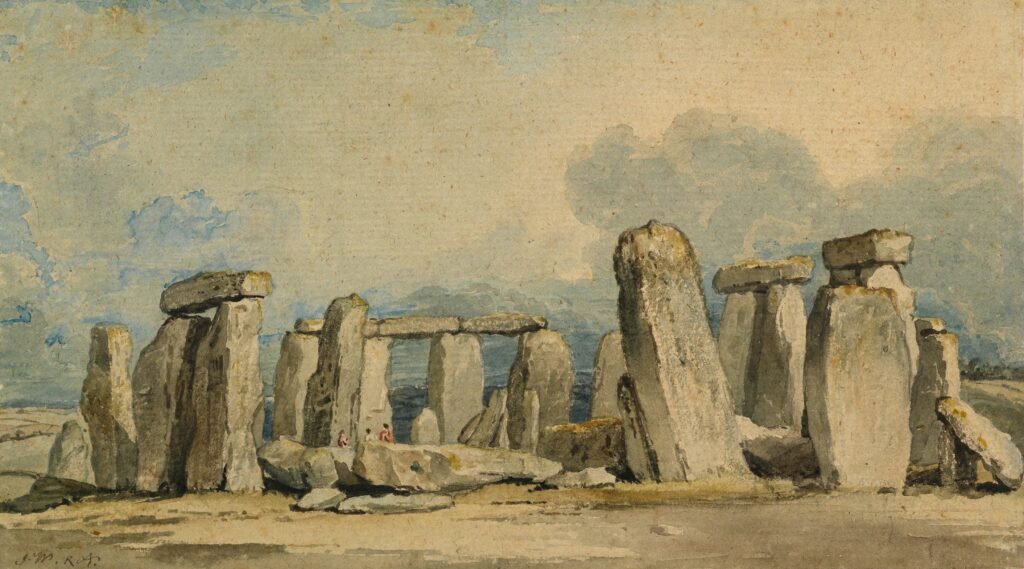
Exploring Lighting Angles and Effects
Experimenting with different lighting angles and effects can add an intriguing dimension to your drawings. By utilizing various lighting techniques, you can create depth, drama, and visual interest. Here are some ideas to inspire your exploration of lighting angles and effects:
Experiment with Different Angles
Changing the angle at which light hits your subject can dramatically alter its appearance. Try placing the light source at different angles to create interesting shadows and highlights. Shadows can define the form and add depth to your artwork, while highlights can bring attention to specific areas or details. By exploring different lighting angles, you can discover new perspectives and enhance the overall impact of your drawings.
Creating Dramatic Shadows
If you’re aiming for a more dramatic effect, consider using backlighting or side lighting to create strong and captivating shadows. Backlighting involves positioning the light source behind your subject, which results in a silhouette effect and adds a sense of dimension. Side lighting can create dramatic highlights and shadows, emphasizing the texture and form of your artwork.
Using Backlight for Depth
Backlighting can also be used to add depth and a sense of realism to your drawings. By positioning the light source behind your subject and allowing the light to pass through translucent materials, you can create a soft and glowing effect. This technique is particularly effective when drawing objects with transparent or semi-transparent elements, as it enhances their luminosity and adds a sense of depth.
Color Temperature and Drawing
Understanding color temperature and its impact on your artwork is essential in achieving accurate and visually appealing results. Color temperature refers to the warmth or coolness of light and is measured in Kelvin (K). Different light sources have varying color temperatures, influencing the appearance of colors in your drawings. Here’s how you can utilize color temperature effectively:
Understanding Color Temperature
Warm light, such as that emitted by incandescent bulbs, has a lower color temperature and appears more yellow or orange. Cool light, on the other hand, has a higher color temperature and appears bluish or white. It’s important to consider the color temperature when choosing your light source to ensure that the colors in your artwork appear as intended.
Matching Light Color to Artwork
Consider the mood and color palette of your artwork when selecting your light source. If you’re working on a piece with warm tones or earthy colors, using a warm light source can enhance the warmth and richness of those colors. Similarly, if you’re working with cool tones or vibrant colors, a cool light source can help bring out their vibrancy and clarity. By matching the light color to your artwork, you can achieve a harmonious and visually pleasing result.
Using Color Correcting Techniques
In some cases, you may need to adjust the color temperature of your light source to compensate for its natural color bias. Color correcting gels or filters can be used to modify the color temperature of your light source, allowing you to achieve more accurate and consistent lighting conditions. These gels or filters are placed over the light source and can effectively modify the light’s color temperature to suit your needs.
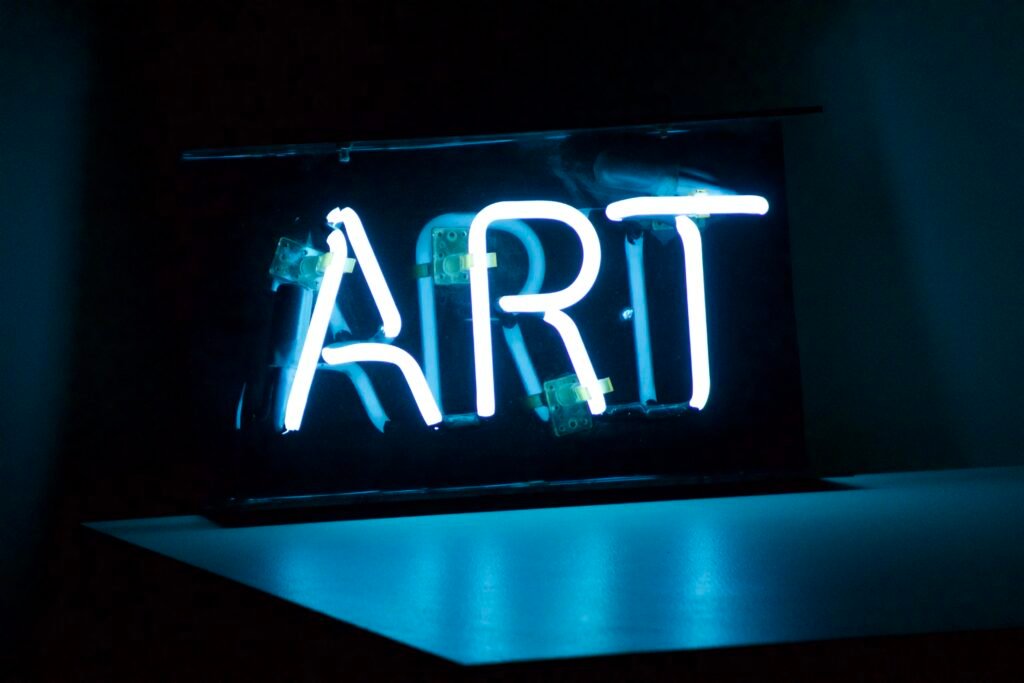
Enhancing Details with Spotlighting
Spotlighting specific areas of your drawing can draw attention to important details and create a sense of focus. By carefully controlling the lighting on specific areas, you can enhance the texture, depth, and overall impact of your artwork. Here’s how you can make the most of spotlighting:
Spotlighting Specific Areas
Identify the key elements or focal points in your artwork that you want to highlight. Position a spotlight or a directed light source to focus on these areas. This can be particularly effective when drawing portraits, still life, or specific objects. By spotlighting specific areas, you draw attention to the details that matter most in your artwork.
Creating Contrast
Contrast is a powerful tool in drawing, and lighting plays a crucial role in achieving it. By creating a contrast between light and shadow, you can enhance the three-dimensionality of your artwork. The spotlighting technique allows you to control the amount of light and shadow, resulting in a more visually striking and dynamic drawing.
Highlighting Texture and Details
Spotlighting can be used to accentuate the texture and details in your artwork. By directing the light to illuminate specific areas, you bring out the intricate details and create visual interest. This is particularly effective when drawing subjects with a lot of texture, such as fabrics, fur, or architectural elements. Experiment with different lighting angles and intensities to find the most flattering way to showcase the texture and details in your drawings.
Avoiding Glare and Reflections
Glare and reflections can be distracting and distort the appearance of your artwork. To ensure accurate representation and prevent unwanted glare or reflections, consider implementing these strategies:
Positioning Lights Properly
The position of your light source matters when it comes to minimizing glare and reflections. Ensure that the lights are positioned in such a way that they do not directly face your eyes or reflect off your drawing surface. By angling the lights appropriately and avoiding direct contact with shiny surfaces, you can significantly reduce the potential for glare and reflections.
Using Anti-reflective Surfaces
Consider using anti-reflective surfaces for your drawing table or picture frames. These surfaces are designed to minimize reflections, ensuring that your artwork is showcased without any distracting glare. Anti-reflective glass is a popular choice for framing artwork, as it allows for clear visibility while minimizing reflections.
Minimizing Glare with Shadows
Shadows can be a useful tool in minimizing glare. By strategically positioning objects or creating shadows with diffusers or light modifiers, you can block the direct path of light and minimize glare. Experiment with different shadow placements to find the most effective way to control and minimize glare in your workspace.
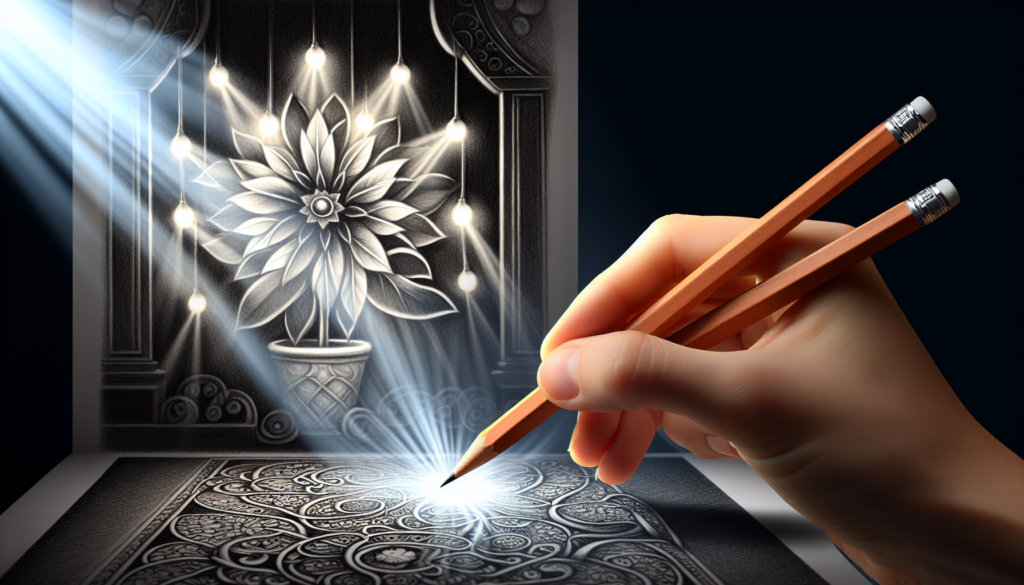
Adding Ambiance with Indirect Lighting
Indirect lighting can create a warm and inviting atmosphere in your workspace. By using ambient light sources and diffusing the light, you can soften shadows and create a comfortable environment for your drawing sessions. Here’s how you can add ambiance with indirect lighting:
Using Ambient Light Sources
Ambient light sources, such as wall sconces or overhead lights, can provide a gentle and diffused illumination in your workspace. Place these lights strategically to create an even distribution of light throughout the room. By using ambient light together with other lighting techniques, you can achieve a well-balanced and inviting atmosphere for your artistic endeavors.
Softening Shadows
Indirect lighting is particularly effective in softening harsh shadows. By bouncing the light off walls or ceilings, you create a diffused and soft illumination that reduces the intensity of shadows. This helps create a more pleasant and relaxed environment, allowing you to focus on your artwork without any distracting shadows.
Creating a Warm or Cool Atmosphere
Indirect lighting can also help set the mood in your workspace. By choosing warm or cool light sources, you can create a specific atmosphere that suits your artistic style or preferences. Warm light sources, such as incandescent bulbs, can create a cozy and intimate atmosphere, whereas cool light sources, like LED lights, can give a more modern and energizing vibe. Consider the overall ambiance you want to achieve and select your indirect lighting accordingly.
Creating Consistent Light in Different Environments
As an artist, you may find yourself drawing in various environments, and it’s essential to create consistent lighting conditions regardless of the setting. Here are some tips for achieving consistent light in different environments:
Portable Lighting Solutions
Investing in portable lighting solutions can greatly enhance your ability to achieve consistent lighting in different environments. Portable LED lights or battery-powered lamps allow you to control the lighting wherever you go. Look for lightweight and adjustable options that fit your needs and preferences. Having a reliable portable lighting solution can ensure that you have consistent illumination for your artwork, regardless of the location.
Adjusting for Different Room Colors
The color of the room’s walls and surfaces can have a significant impact on the overall lighting and appearance of your artwork. Light-colored walls, such as white or pastel shades, tend to reflect light and create a brighter environment. Conversely, dark-colored walls absorb light and can create a more intimate and cozy atmosphere.
When working in rooms with different colors, consider adjusting the intensity or color temperature of your light sources to compensate for the room’s natural lighting conditions. Be mindful of how the wall color affects the appearance of your artwork and make necessary adjustments to achieve consistent and accurate representation.
Recreating Natural Light
When natural light is limited or unavailable, you may need to recreate its qualities using artificial light sources. Pay attention to the color temperature and intensity of your artificial lights, aiming to mimic the natural lighting conditions as closely as possible. Diffusers, reflectors, and adjustable lamps can be valuable tools in recreating the soft and diffused qualities of natural light.
Experiment with different combinations of light sources and techniques to find the optimal lighting setup that replicates the desired natural lighting effect. With a bit of practice and experimentation, you can achieve consistent and accurate lighting conditions regardless of the environment.
Shedding Light on Your Art: Expert Lighting Tips for Drawing
Drawing is an art form that requires attention to detail and the ability to capture the essence of your subject. While practice and skill are crucial, having the right lighting can make a significant difference in the quality and impact of your artwork. Whether you choose to work with natural or artificial light, understanding how to utilize different lighting techniques and adjust for various factors will help you create drawings that truly shine.
By choosing the right lighting, whether natural or artificial, you can enhance the tone and depth of your artwork. Consider the direction of light and experiment with different angles to find the most flattering illumination for your subject. Avoiding harsh shadows is essential in achieving a balanced and visually pleasing result.
When drawing near a window, take advantage of the soft and diffused natural light. Positioning your drawing table strategically near the window will ensure that your artwork receives an even and balanced illumination. Additionally, using sunlight as a highlight can bring attention to specific areas of your artwork, adding an extra touch of interest.
If you’re working with artificial light, understanding the different types available and utilizing adjustable lamps can give you control over the direction and intensity of the light. Be mindful of glare and flickering, as these can be distracting and hinder your creative process. Invest in high-quality lighting equipment to achieve consistent and flicker-free illumination.
Creating a well-lit workspace is paramount for optimum drawing conditions. Position your drawing table near a window or artificial light source, and consider using diffusers to soften the light. Keep your workspace tidy and free of clutter to ensure that your artwork receives the attention it deserves.
Exploring lighting angles and effects can add dimension and drama to your drawings. Experiment with different angles to create interesting shadows and highlights, and consider using backlighting for depth. Understanding color temperature and how it affects your artwork is essential for achieving accurate and visually appealing results. Match the light color to your artwork’s color palette, and use color correcting techniques when necessary.
Spotlighting specific areas can draw attention to important details, create contrast, and highlight texture. Ensure that your lights are positioned properly to minimize glare and reflections. Indirect lighting can add ambiance to your workspace, as well as soften shadows. Consider using portable lighting solutions to maintain consistent lighting in different environments.
In conclusion, choosing the right lighting for your artwork is crucial for achieving outstanding results. By understanding the different types of lighting, utilizing various techniques, and paying attention to important factors like color temperature and reflections, you can create drawings that truly shine. So shed light on your art and watch it come to life with these expert lighting tips for drawing!
